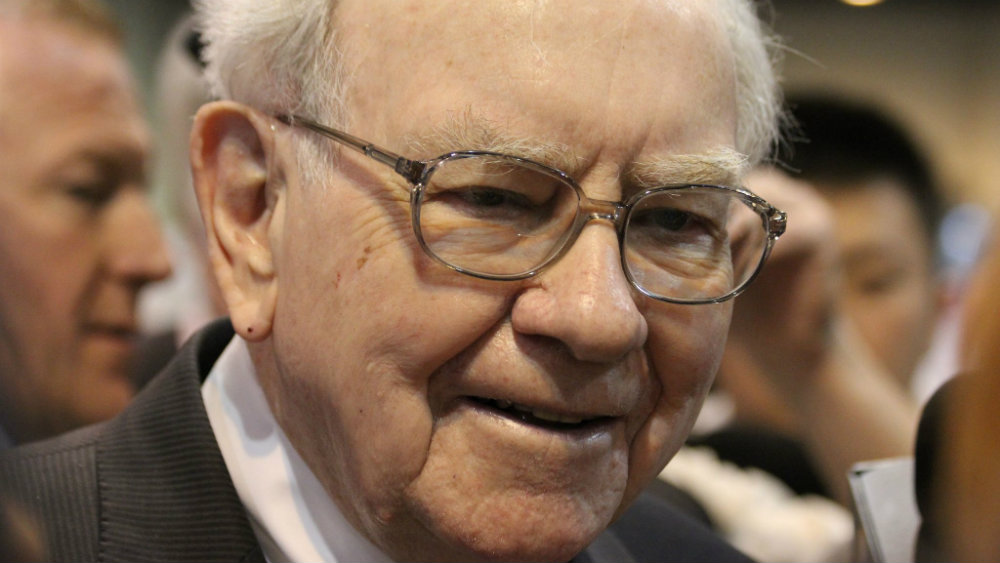Monday’s nearly 8% rally was nothing short of remarkable. Many investors are of the belief that we’re in for a V-shaped recovery, as the spread of the insidious coronavirus (COVID-19) has shown signs of slowing in New York, the North American epicentre for the coronavirus.
As a Foolish investor, you should avoid chasing this rally, because you could be dealt with quick losses in the event of a sudden reversal. It’s never a good idea to give into the fear of missing out, especially after a 7-8% single-day pop.
The fact of the matter is, we’re not close to being out of the woods yet.
There are still a tonne of risks on the table, with weak earnings, meagre 2020 guidance, dire economic numbers, and further coronavirus uncertainties on the horizon. As such, investors should avoid subscribing solely to the V-shaped recovery scenario by exhausting their cash reserves after the market’s recent bounce.
Don’t bet the farm on a V-shaped recovery
We very well could be in for a U- or W-shaped recovery given the ugly numbers that are coming over the next few months. And if that’s the case, you’re going to want to keep some cash to do some buying should stocks fall to or below the “bottom” reached in late March. When it comes to a sharp V-shaped rebound, count me as highly skeptical given the headwinds.
Infectious diseases expert Dr. Anthony Fauci recently noted the disturbing possibility that the SARS-CoV-2 coronavirus is unlikely to be eradicated this year, and that it may become seasonal. If the markets rallies on these kinds of alarming comments amid a bear market, you have to wonder if the move is sustainable.
Heck, I’d argue that the “shrugging off” of Fauci’s recent comments is akin to the market’s resilience in early to mid-February when many downplayed the impact of the coronavirus. Not to say you should sell the rally, but if you do lack liquidity, it may be prudent to take a bit of profit off the table.
Take a page out of Warren Buffett’s playbook
For many investors, this is their first bear market. As such, it’s smart to look to how Warren Buffett acts in bear markets for how to better navigate the downturn.
The man exhibits tremendous patience not only during bull markets but bears as well.
You see, bear markets tend to last a heck of a lot longer than just a few weeks. As such, it’s vital not to go all-in at any given instance because you’re afraid of missing out on a sharp bounce back to the high.
Warren Buffett is not only the greatest investor of our time. He’s one of the most patient people on the planet. At the age of 89, he’s more than willing to wait for opportunities to present themselves, and you can be sure that he’s not looking to put every penny of Berkshire Hathaway’s cash to work for fear of missing out on a V-shaped recovery.
Buffett is humble enough to know that he probably won’t catch the bottom. Thus, he spreads his buying and maintains patience while others chase positive momentum or flee negative momentum.
We won’t know why Buffett sold airlines at a loss on the recent market bounce, but if I had to guess, I’d say the man is gearing up for another leg down — a time when he can pick up his favourite airline stocks at a fraction of the price now.
Does Warren Buffett think this is some sort of a dead cat’s bounce?
We’ll only really find out in a few weeks, as he’s likely to remain silent through April. Given what I know about the Oracle of Omaha, though, I’d bet that Warren Buffett sees the bounce as a bear market checkpoint to raise cash to do some more buying should the market fall to greater depths.
I’d say investors should treat such a bear market bounce as the polar opposite of a bull market dip. In a bull market, you’d buy the dip, but in a bear market, it may be prudent to sell the bounce, especially if you’re low on cash and have dug into your emergency fund.
Stay hungry. Stay Foolish.









